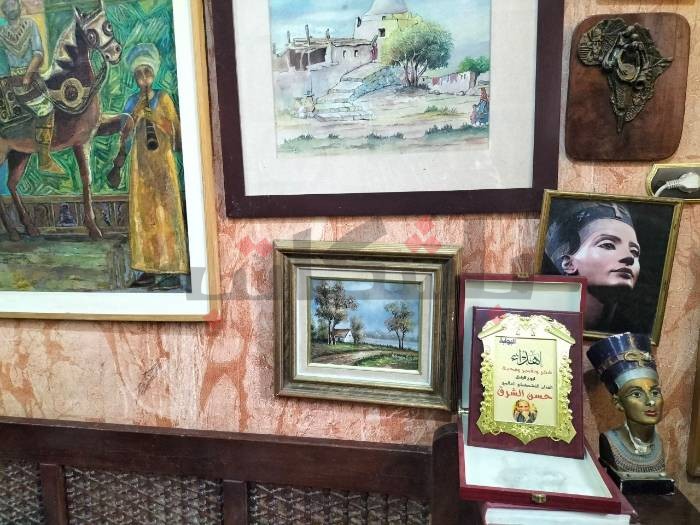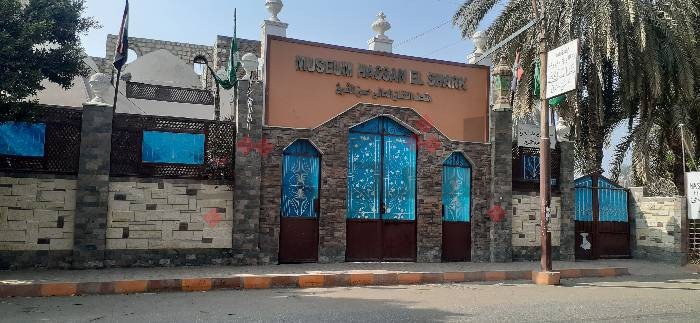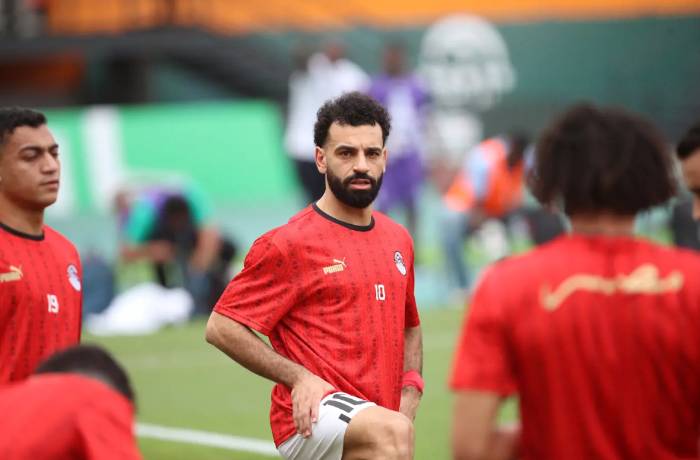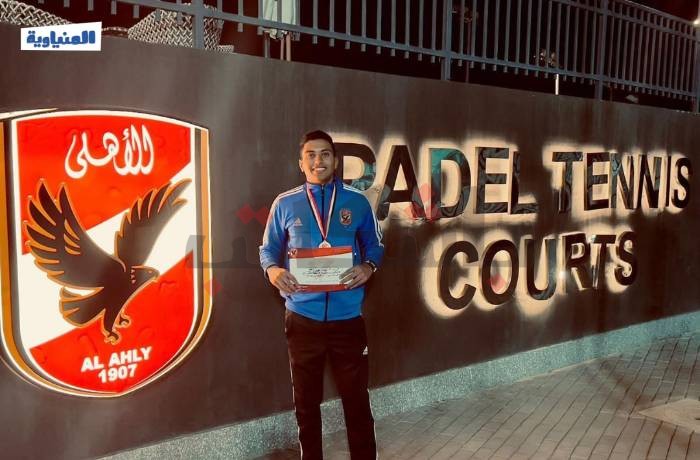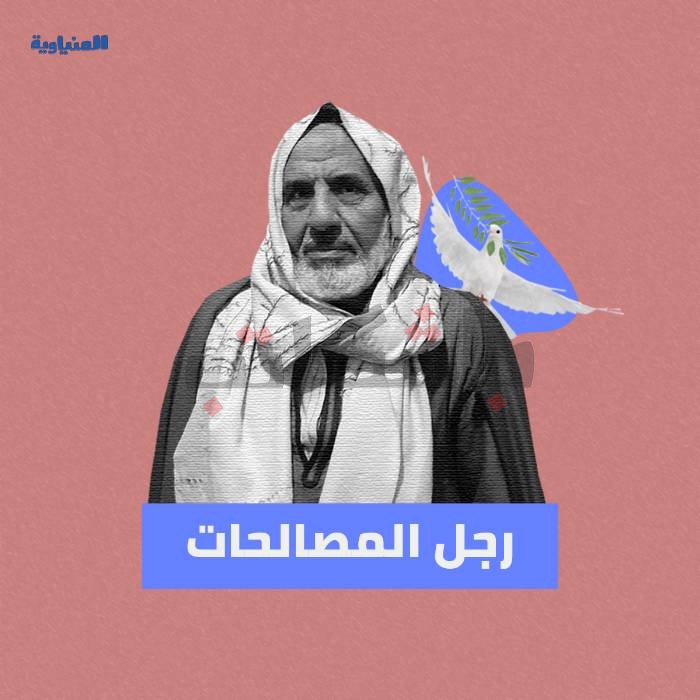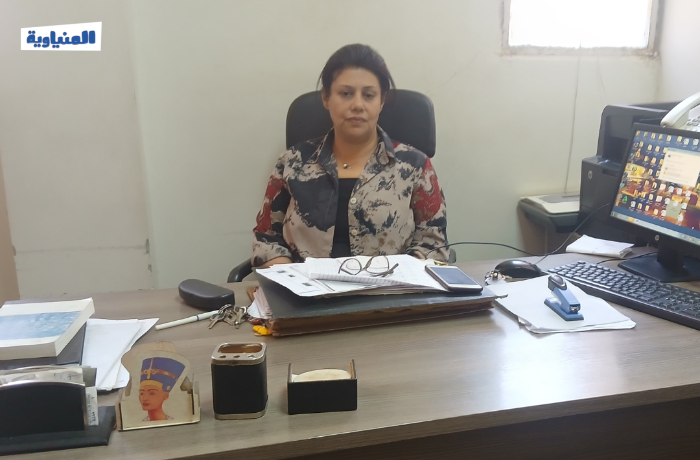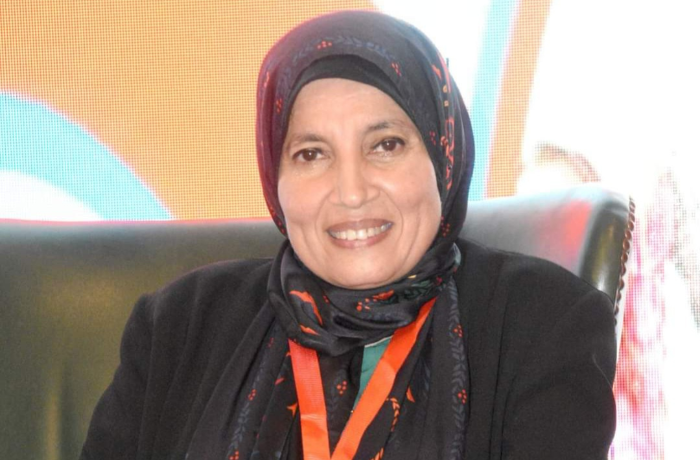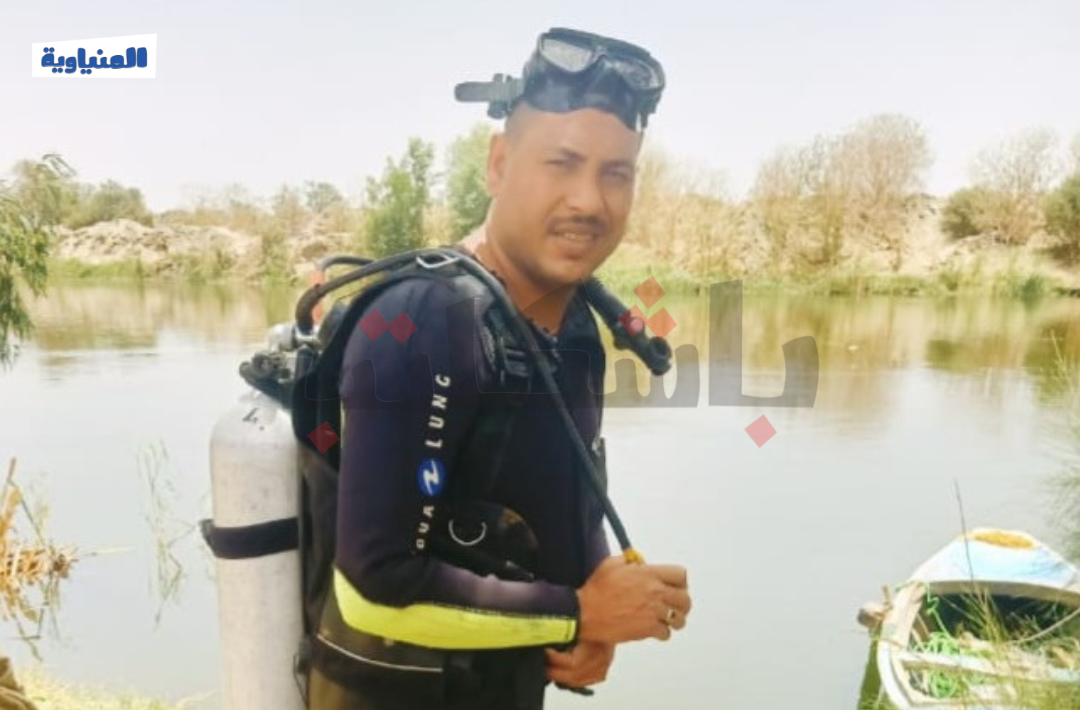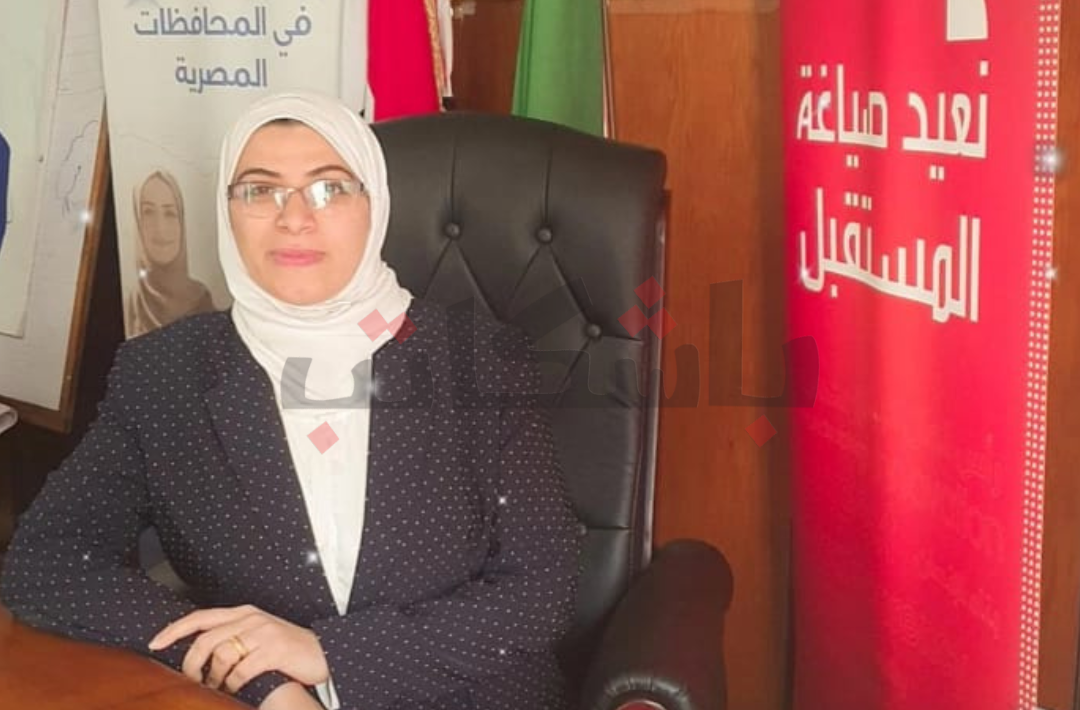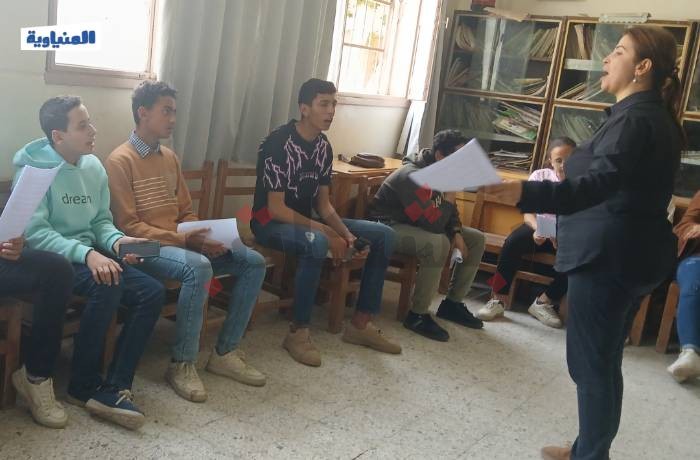Over the years, the museum of the fine artist Hasan Al-Sharq has gained a wide fame in Minya among fans of arts and folklore; swarms of visitors would go to the museum to see Hasan’s different paintings, and if they were lucky, they would get to meet the world-famous Egyptian artist himself, for despite the many countries he visited to exhibit his paintings he always returned to his village back home.
On the last November 23rd, Hasan Al-Sharq passed away at the age of 73, leaving behind for his three sons his museum that he founded 25 years ago inside Zawyat Al-Sultan village, Minya, which he asked them to open its doors for the visitors for free, just like when he was alive.
After many friends asked me: “how come you haven’t visited Hasan Al-Sharq Museum yet?”, I finally decided to give it a visit with my friend Ahmed.
We took a car from Minya vehicles station that took us to Zawyat Al-Sultan village, which is about 7 kilometres away from the city and located on the eastern bank of the Nile. Visiting the village itself feels like taking a tour back in history as it is filled with Islamic monumental cemeteries and their famous domes, as if it is an artistic view, you see once you reach the village, it was logical then that more than one artist would emerge from such a place.
Hasan Al-Sharq Museum is located approximately 1,800 metres from the village, Hasan has designated the space for the museum only; he divided the place into 8 halls, 4 to exhibit his paintings, and 2 to exhibit others’ paintings, those which he discussed during one of his previous interviews when he used to exchange his paintings with other artists’, he would exhibit theirs in the museum and they would exhibit his.
We met Zain Al-bideen at the museum, he is Hasan’s youngest son and known as Zain Al-Sharq. We saw a group of young men roaming inside the museum, they were Egyptians not tourists, and I thought that seldom do people visit museums, but a friend of mine from the village told me that Al-Sharq museum receives a lot of visitors.
As we talked about his father Zain’s face was full of sadness, his father’s death was like a mountain that crumbled over his head, as he described it, for he wasn’t just his father, but his best friend who accompanied him most of the time.
His love for his village filled Al-Sharq’s heart, so did his sons, “despite his wide fame and continuous travelling attending events here and there, whoever met my father noticed the strength of his love and loyalty to his village”, said Zain Al-Abideen.
Zain talks about how his father received more than one offer to move the contents of his museum to Cairo or Luxor, but he always declined, insisting to stay in the same environment that provided him with his artistic sense which he expressed in his paintings, “he used to say that Zawyat Al-Sultan was his teacher”.
A lot of international and local media platforms came to the museum to celebrate the uniqueness of the paintings, telling the story of how the artist almost became a butcher succeeding his father, if not for the magic of the village, the beauty of nature, and antiquities which put him in a trance expressing those feelings with whichever tools he set his hands on; starting from chalk, and even spices.
Hasan Al-Sharq’s creativity continued, until one day the German orientalist, Ourz Lasoring visited the village in 1985, she was fascinated by his works and talked about them in Cairo and then abroad. However, each time Al-Sharq travelled, he would return to his village where he lived all his life.
Al-Sharq’s deep roots in his village are clearly reflected in his paintings, however, talking about him to Zain and the villagers, they all said that his relationship with his village was more than an artistic one, he worked in his village as a customary judge resolving disputes between people, “my father had strong relationships with everyone”, said Zain.
Al-Sharq asked his sons to keep the museum entry fees free under their administration, and to bequeath it to following generations, “my father spent most of his time in the village inside the museum or walking down the streets, he received his friends here and encouraged children to paint and recommended it for them, he designated a hall specifically to teach children drawing and exhibit their paintings there”, clarified Zain.
“My dear paintings”, this is how Al-Sharq used to always say in front of his children, and he passed this love for art to them too, which can be felt during our talk with Zain, a love mixed with him being proud of his father who made paintings showing the originality and identity of the village, the details of the countryside, the architecture, the life of ordinary people and their folklore. This can be felt also with the villagers who are truly sad about parting with the artist who lived among them all his life.
Al-Sharq is gone, and his museum is there bearing witness of a history he documented fully in his paintings, a history that you can visit inside the museum, even if it took you so long to go there like me.
